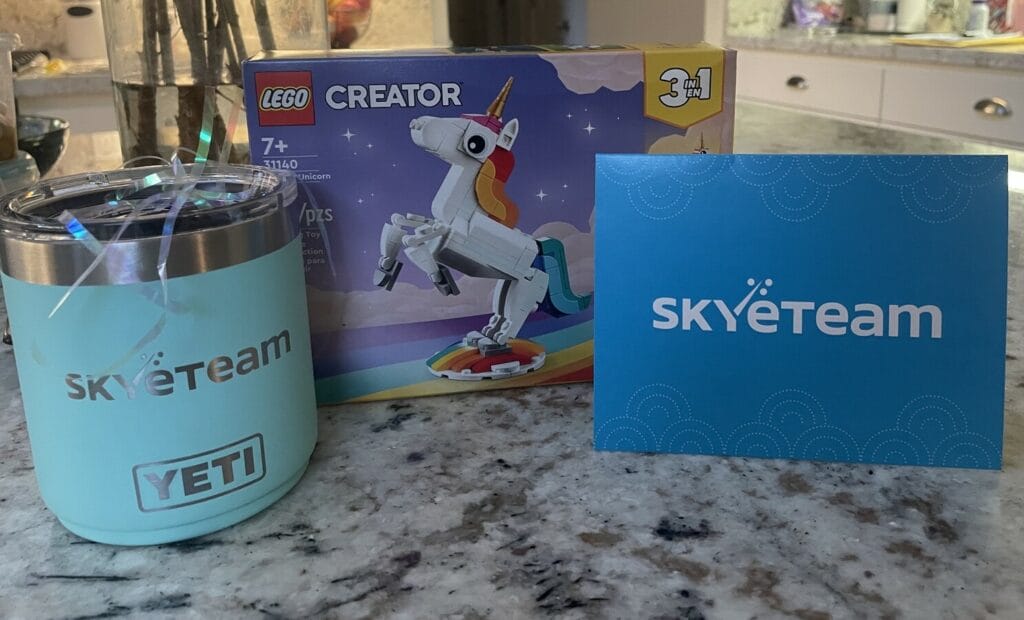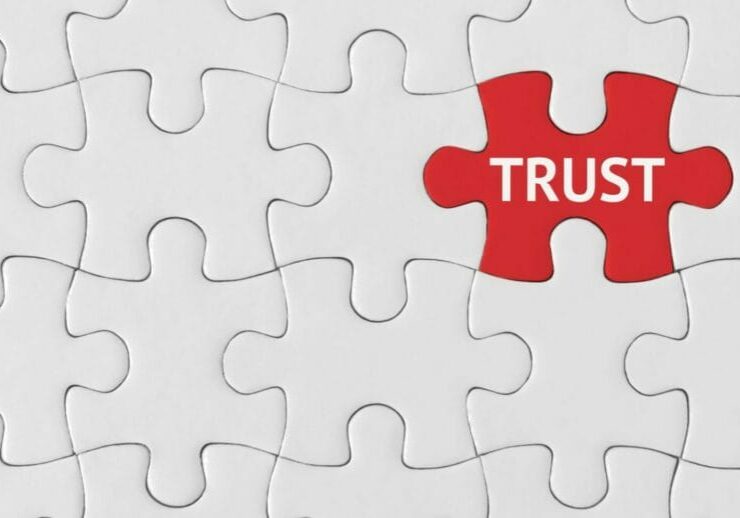Remote Leadership : 7 Strategies to Transform Your Approach

Before we dive in, let’s get one thing straight: when I talk about better “Remote Leadership” I’m not talking about mastering the art of being emotionally distant or coldly aloof. Nope, this is all about bridging those physical miles that separate us in our increasingly digital work world.
A Misconception of Remote Leadership
This was brought home to me last week during an executive coaching conversation. My client, a CxO in a global tech organization, shared their frustration with a team member and the feedback that he intended to deliver. All was well until he shared, “I’ll wait until next month to have the conversation. We’ll be back in the office and can meet face-to-face.” This was the worst cop out, remote leadership at it’s worst, because as many of us know “I’ll tell them later” invariably becomes “I’ll tell them never”.
This got me to thinking about how we all need to reup and recalibrate our leadership game to accommodate the reality of hybrid working. While we could all benefit from learning how to deliver feedback remotely and the sooner the better, there is an art and science to remote leadership, whether as the leader or a team member.
Bringing our Human Selves into our Hybrid Workspaces
Despite the plethora of tools at our disposal—Google Meets, Zoom calls, Slack pings, and WhatsApp chats—they often serve up just an illusion of connection. What I’m recommending is not about upping your digital game but reimagining how we bring our true, human selves into our hybrid workspaces. It’s time to peel back the tech veneer, and create personal connection in a world of disconnection.
Here are seven recommendations for effective remote leadership, which in turn makes you a great leader. Let’s dive in.
1. Communication is Key: Don’t fall into the “we’ll talk when we’re back in office” trap. In the realm of remote leadership, waiting can lead to misunderstandings or missed opportunities. Use every opportunity at your disposal to keep the lines open and clear. I’ve used the phrase “Scheduled spontaneity” many times recently – you cannot over communicate in a hybrid environment, and regular reminders to reach out, check in (not just check up), and asking for input from others adds both a personal touch, and consistency, ensuring everyone feels heard and supported.
2. “I’ve Got Your Back”: Being an Ally means that you have the back of your colleagues, and goes way beyond the occasional thumbs-up emoji. It’s about tangible actions that show you truly care about them and not just the work they are doing. Send a handwritten card, allow time for ‘small talk and banter’ when we invest in our relationships we are all better together.

3. Promote Balance: It’s easy to blur the lines between work and home when your office is just steps from your bed. Encourage your team to set clear work-life boundaries. Lead by example: resist the temptation to send late-night emails, or at least agree expectations for response times, just because you are emailing at the weekend doesn’t mean you require, or expect, an immediate response. Champion regular and true breaks, taking your laptop to the beach, or being forever glued to your phone is not taking a break. A well-rested team is a happy, productive team.
4. Time to Upgrade doesn’t just mean piling on more tech—it’s about choosing wisely. In this era where there’s an “app for that” for just about everything, it’s easy to get overwhelmed. I recall a leadership team meeting where the mention of adding yet another Slack channel was met with groans—one leader pointed out they were already juggling over 100 slack channels! It was a wake-up call. When it comes to remote leadership more is not necessarily better, we need to wield our digital tools thoughtfully, ensuring they serve us, not the other way around. It’s about streamlining, not adding; cutting back the tech clutter to enhance focus, efficiency, and ultimately, our human connections within the team.
5. Stay Focused by Keeping Focused: In the virtual work environment, the lack of spontaneous watercooler chats and desk drop-bys means we must be deliberate in aligning our teams. Misunderstandings about priorities and responsibilities can easily arise, leading to misalignment and duplicated efforts. To counter this, it’s essential to set clear, attainable goals and consistently celebrate every achievement, no matter the size. The key is in clear goal-setting followed by explicit and consistent follow-up. Conclude every meeting with unambiguous next steps to prevent any confusion. Over-communication may seem counter-intuitive, however when we assume that ‘someone else will have passed the message on’ we are setting ourselves, and them up for failure. While it might seem repetitive, this practice is vital. Consistency is key. Experience has taught us that small misunderstandings can widen into significant rifts at the worst possible times, affecting not just success but also the trust within the team.
6. Deepen Trust: As we share in our book You, Me, We – “Trust is the WD40 that keeps things moving on the good days, and the duct tape that keeps a team together on the tough days”. Trust is nurtured in the moments between the work and starts with transparency. Share the reasoning behind decisions and involve the team in brainstorming solutions. Showing vulnerability, asking for help, sharing when we are feeling overwhelmed, can also deepen connections. “You, Me, We” isn’t just our book title; it’s the mantra for success.
7. Be Human: Last but not least, be you. Share a bit about your life outside work, like that sourdough starter you’re struggling with or the latest series you binge-watched. Work, and life, isn’t just tasks and achieving results; it’s about connection, memorable connections.
There you have it, seven steps to better remote leadership and to being the remote leader who not only leads but inspires. Remember, in a world of endless Zoom calls, being human is your superpower.

Let's Connect





